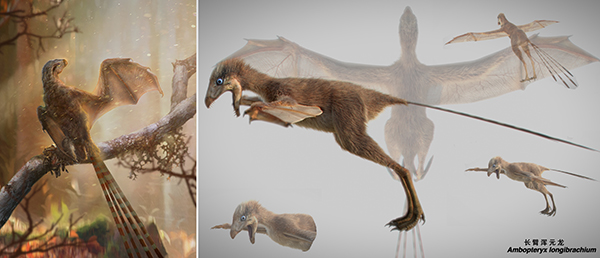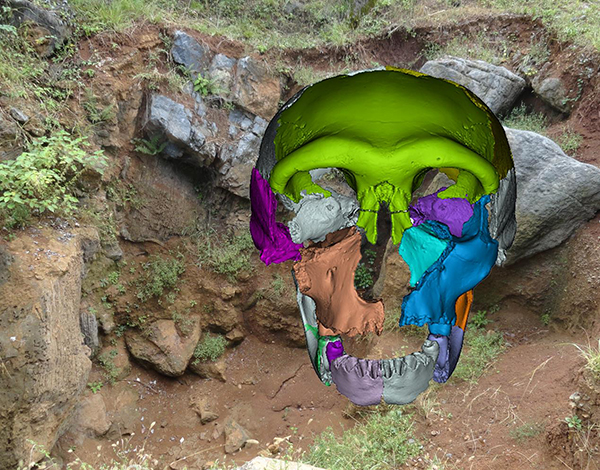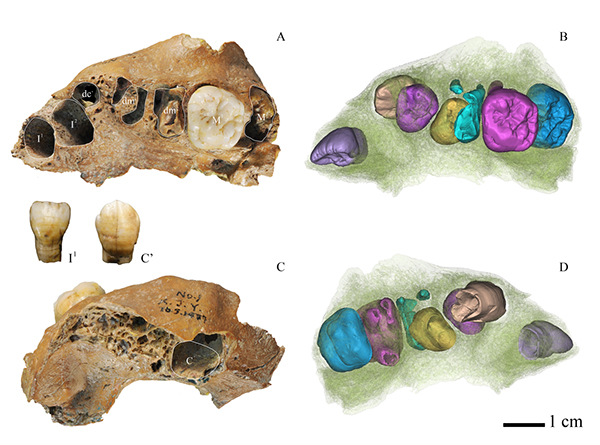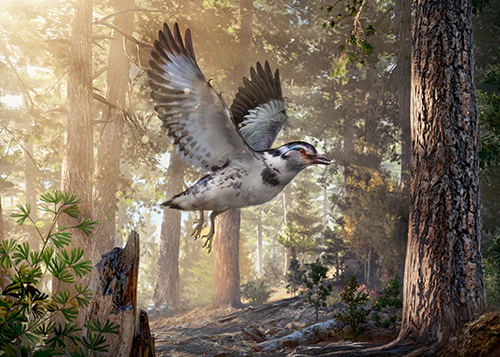 |
New Species of Lizard Found in Stomach of Microraptor |
| A team of paleontologists led by Prof. Jingmai O’Connor from the Institute of Vertebrate Paleontology and Paleoanthropology (IVPP) of the Chinese Academy of Sciences, together with researchers from the Shandong Tianyu Museum of Nature, have discovered a new specimen of the volant dromaeosaurid Microraptor zhaoianus... |
|
|
|
|
|
|
|
 |
The 15th International Symposia on Early and Lower Vertebrates |
| The Symposia on Early and Lower Vertebrates are the only recurring international meetings targeted specifically towards the Palaeozoic vertebrate research community. The 15th ISELV will be organized on August 8th – 13th 2019 at Qujing Normal University (http://www.qjnu.edu.cn/english/), Qujing, Yunnan, China,and t... |
|
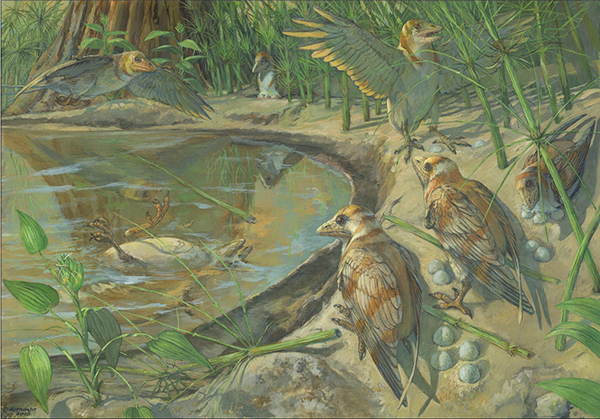 |
New Cretaceous Fossil Sheds Light on Avian Reproduction |
| A team of scientists led by Alida Bailleul and Jingmai O’Connor from the Institute of Vertebrate Paleontology and Paleoanthropology (IVPP) of the Chinese Academy of Sciences reported the first fossil bird ever found with an egg preserved inside its body. Their findings were published on March 20 in Nature Communica... |
|
|
|
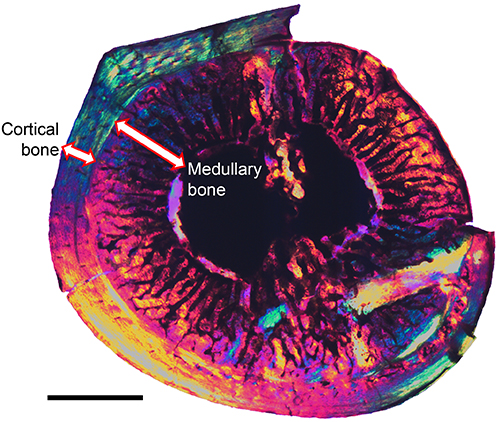 |
Medullary Bone Found in Cretaceous Birds |
| A team of scientists led by Jingmai O’Connor from the Institute of Vertebrate Paleontology and Paleoanthropology (IVPP), Chinese Academy of Sciences, reported the first occurrence of medullary bone in Enantiornithes, the dominant clade of birds during the Cretaceous. The findings were published in Nature Communicat... |
|
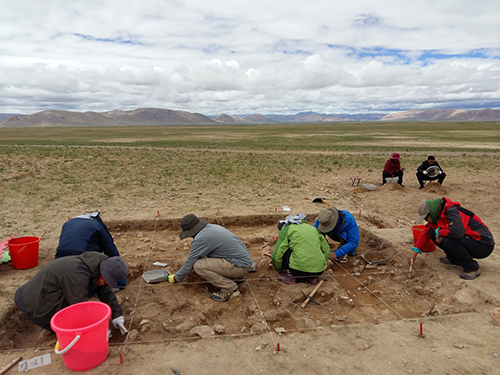 |
New Archaeological Site Revises Human Habitation Timeline on Tibetan Plateau |
Human ancestors first set foot on the interior of the Qinghai-Tibetan Plateau around 30,000-40,000 years ago, according to new research by scientists from the Chinese Academy of Sciences (CAS). This new finding moves back the earliest data of habitation in the interior by 20,000 years or more.
The research team ... |
|
|
|

